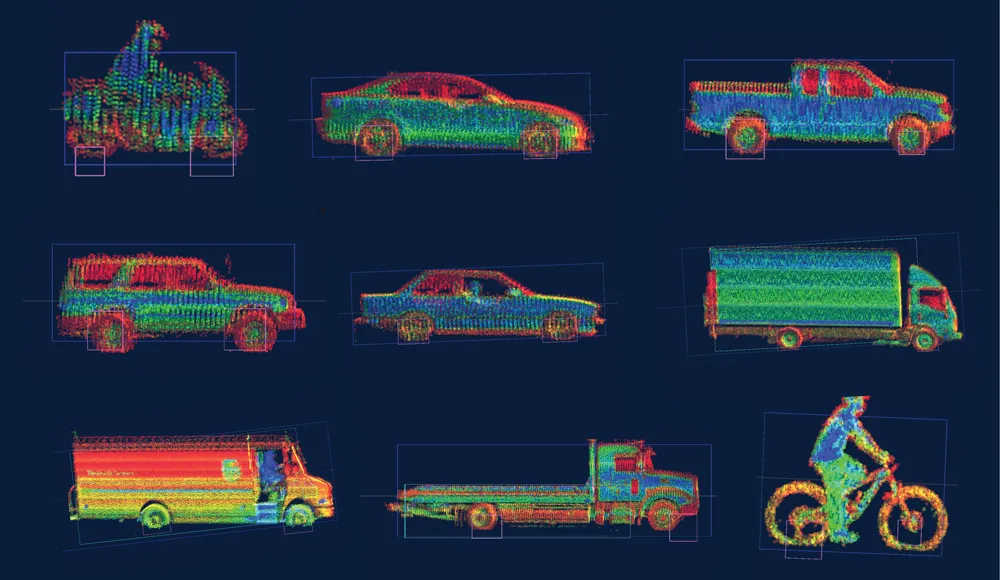Based on its recent analysis of the advanced driver assistance systems (ADAS) market,
The company markets an innovative time-of-flight optical detection and ranging technology, Leddar, which brings many new capabilities to the table. These include short- and long-range detection capabilities for a variety of automotive and transportation applications, narrow to wide fields of view, low sensitivity to dust and dirt, and a range-to-power ratio superior to existing light detection and ranging (LiDAR) technologies. Leddar technology's high sensitivity and immunity to noise, and reliable performance in challenging weather conditions, are also notable capabilities worth recognition.
Its key advantage, however, is its cost-performance ratio, which is better than most traditional sensors deployed by original equipment manufacturers (OEMs). With this cost advantage, Leddar technology is expected to enable OEMs to deploy ADAS in their high-end vehicle models and also in the more affordable ones, thus contributing to the adoption of ADAS in the mainstream car market. This superior cost-effectiveness of Leddar will also help carmakers remain competitive in the growing ADAS and automation segments.
Leddar sensing technology can be integrated easily into standard automotive components and systems. "OEMs will benefit from Leddar technology's ability to integrate perfectly in the overall sensor fusion architecture with other key sensors, such as cameras, radars and even LiDAR, a feature which adds to the system performance redundancy," said Frost & Sullivan research analyst Praveen Chandrasekar. "So far, more than 450 organisations are evaluating Leddar technology or working on it in a variety of markets."
In terms of active safety/ADAS applications, Leddar technology can be leveraged in various sensor-based systems, such as forward/rear collision warning, blind-spot monitoring, cross-traffic alert, park assist, emergency braking, traffic jam assist, and in-cab driver and passenger monitoring. LeddarTech's non-exclusive agreement with Valeo for the development of infrared sensors for obstacle detection and tracking for different ADAS applications should bring many of these active safety applications to the market in the near term.
"The partnership with Valeo has been the first step for LeddarTech to move beyond being primarily a sensor module supplier to become an application-specific integrated circuit (ASIC) provider for a wide range of applications," pointed out Chandrasekar. "Developing custom solutions around its Leddar core will enable the company to meet different client requirements and achieve a faster time to market for ADAS or other applications."
"LeddarTech has reflected deep understanding of both OEM and end-user needs in developing its innovative Leddar product," said Frost & Sullivan Global President & Managing Partner Krishna Srinivasan. "The Leddar solution is uniquely positioned for sustained success in the ADAS industry because it addresses the core issues that customers care about—quality, cost, flexibility and reliability."
LeddarTech receives Frost & Sullivan Product Innovation award
Based on its recent analysis of the advanced driver assistance systems (ADAS) market, Frost & Sullivan has awarded LeddarTech the 2016 North American Frost & Sullivan Award for Product Innovation.The company markets an innovative time-of-flight optical detection and ranging technology, Leddar, which brings many new capabilities to the table. These include short- and long-range detection capabilities for a variety of automotive and transportation applications, narrow to wide fields of view, low sensitivity t
January 8, 2016
Read time: 3 mins








